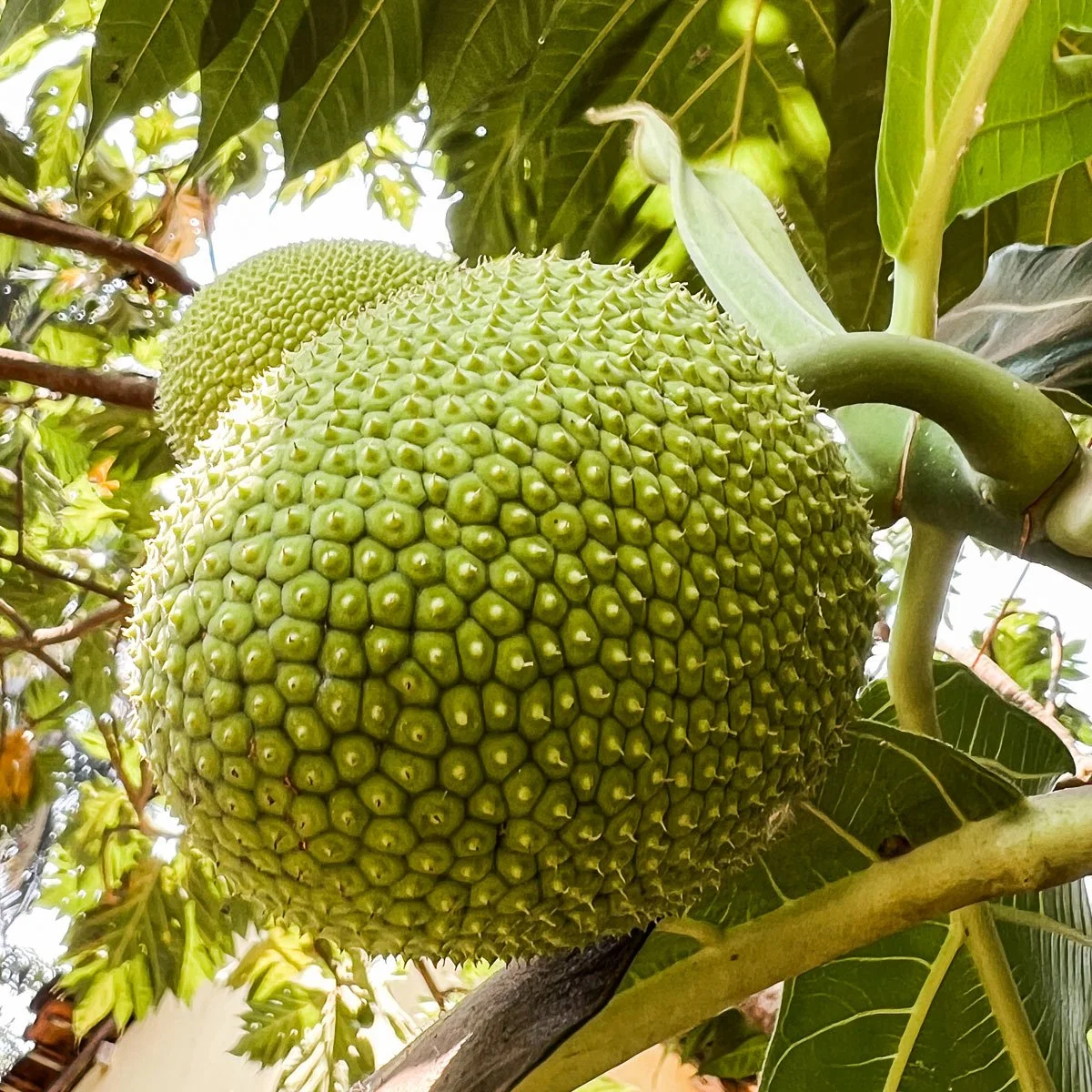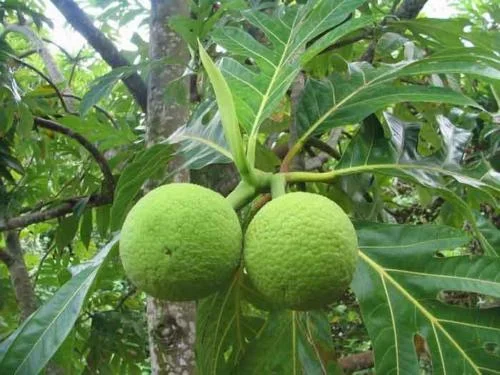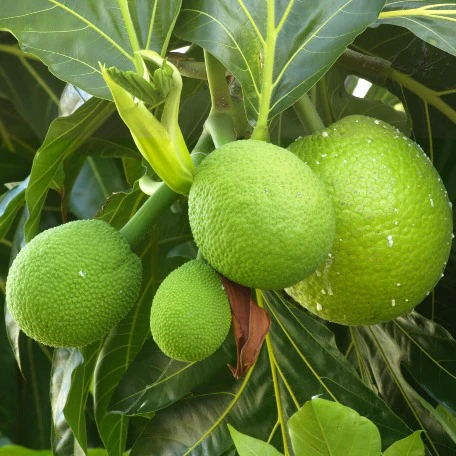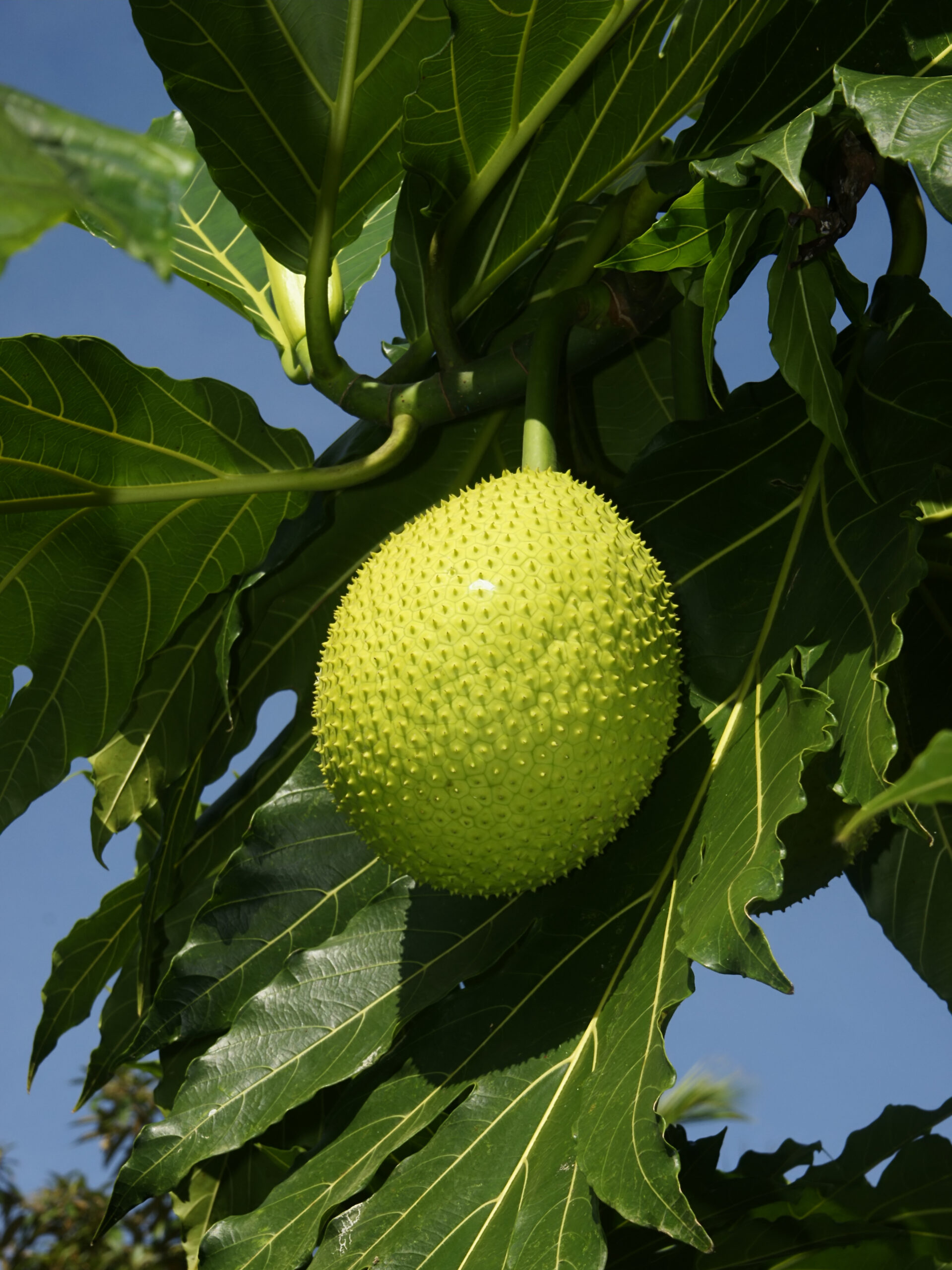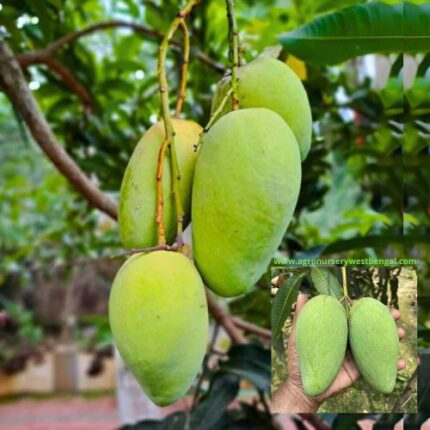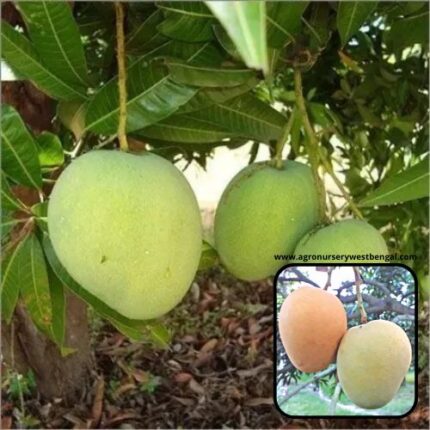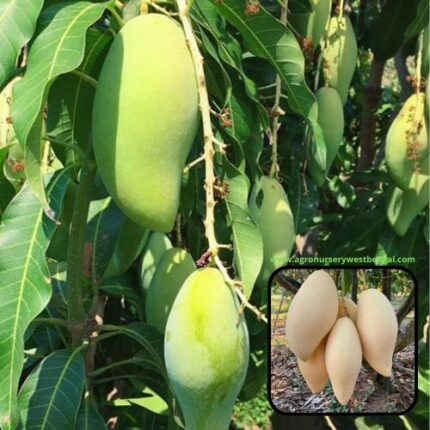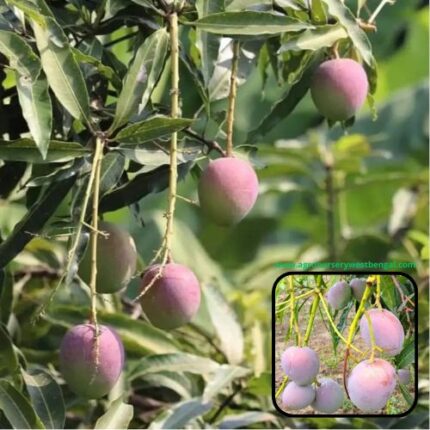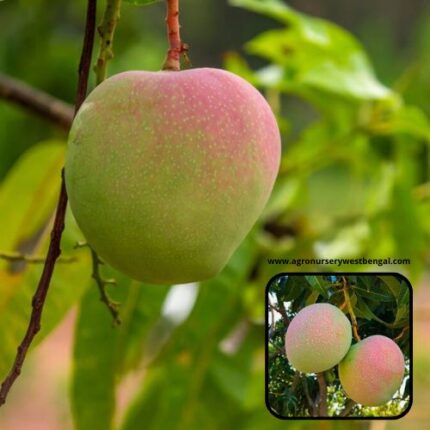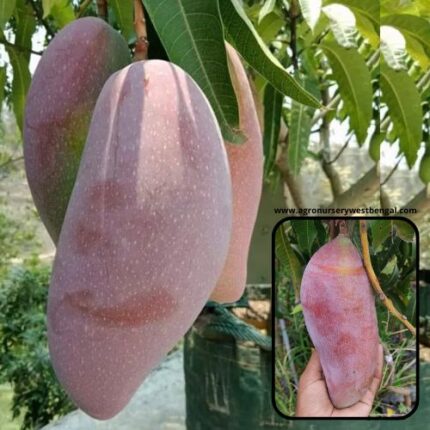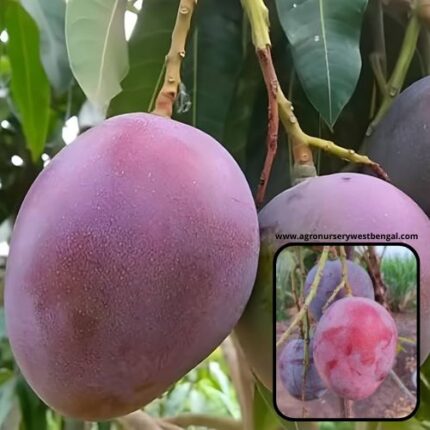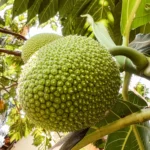
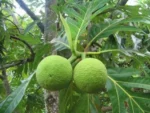
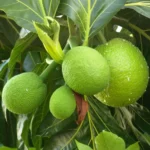
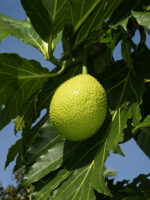
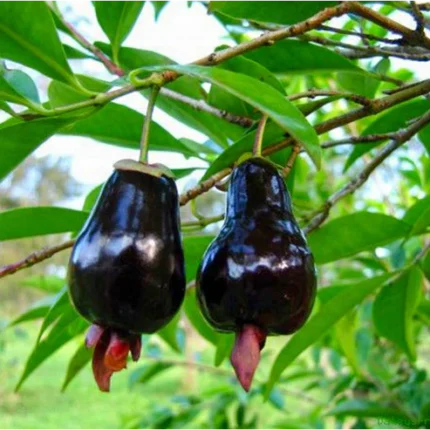
Rio Grand Cherry fruit plant
₹3,599 Original price was: ₹3,599.₹2,699Current price is: ₹2,699.
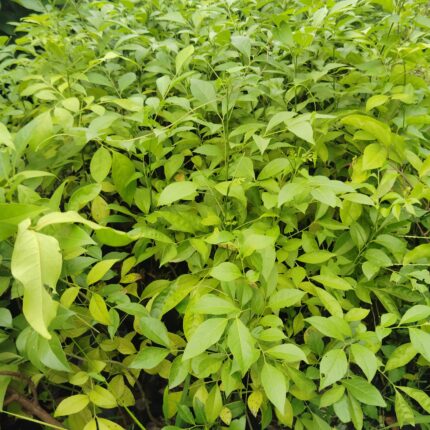
Pan Masala plants
₹1,599 Original price was: ₹1,599.₹899Current price is: ₹899.
Bread fruit plants
₹2,199 Original price was: ₹2,199.₹1,499Current price is: ₹1,499.
Category: Fruit Plants
Description
The Breadfruit (Artocarpus altilis) is a fascinating and highly versatile tropical fruit that has been a staple food for centuries, particularly in the Pacific Islands. Its name is quite literal, as when cooked, its texture and sometimes its aroma resemble freshly baked bread.
Here’s a detailed description of the breadfruit:
Appearance:
- Shape and Size: Breadfruit is typically large, round, oval, or oblong, ranging from 10 to 30 cm (4 to 12 inches) in diameter and weighing anywhere from 0.25 to 6 kg (0.55 to 13 lbs).
- Skin (Rind): The outer skin is green when immature, turning yellowish-green or yellow (and sometimes brownish-orange or pinkish in certain varieties) as it ripens. The texture of the skin can vary from smooth to rough or slightly spiny, often with a hexagonal pattern that marks the individual flower parts from which the fruit developed.
- Flesh (Pulp): The edible flesh is creamy white to pale yellow. When mature (but not fully ripe), it is firm, starchy, and relatively dense. As the fruit ripens further, the flesh becomes softer, sweeter, and more creamy.
- Seeds: Depending on the variety, breadfruit can be seedless (especially the most commonly cultivated forms) or contain numerous large, flattened, light to dark brown seeds. Seeded varieties are sometimes referred to as “breadnut.”
Taste and Texture:
The taste and texture of breadfruit vary significantly with its stage of maturity:
- Immature/Underripe (Green and Firm):
- Taste: Very starchy, mild, and often compared to an artichoke heart or raw potato. It’s not typically eaten raw at this stage.
- Texture: Firm, dense, and somewhat rubbery when cooked.
- Mature/Ripe (Greenish-Yellow/Yellow, Firm but Yielding): This is the most common stage for cooking as a starchy staple.
- Taste: When cooked, it develops a potato-like flavor, often described as similar to freshly baked bread, yams, or even chestnuts, with a slightly nutty undertone. It’s bland enough to absorb other flavors.
- Texture: Fluffy, mealy, and starchy, similar to a baked potato or dense white bread.
- Overripe (Yellow/Brown, Soft to the Touch):
- Taste: Much sweeter, more custard-like, and can be eaten raw. It develops a pleasant, sweet, and aromatic flavor, sometimes compared to banana or ripe plantain.
- Texture: Soft, creamy, and sometimes slightly fibrous, similar to a very ripe banana or custard.
Tree and Growing Conditions:
- Tree: The breadfruit tree (Artocarpus altilis) is a large, evergreen tree that can reach heights of 12 to 21 meters (40 to 70 feet). It has large, glossy, deeply lobed leaves. All parts of the tree contain a sticky, milky latex.
- Growth Habit: Like its relatives, jackfruit and fig, breadfruit exhibits cauliflory, meaning its fruits grow directly from the trunk and larger branches.
- Climate: Breadfruit is an “ultratropical” plant. It thrives in hot, humid climates with abundant rainfall and cannot tolerate frost. It’s widely grown throughout the tropical regions of South and Southeast Asia, the Pacific Ocean, the Caribbean, Central America, and Africa.
- Productivity: Breadfruit trees are incredibly productive, with a single tree capable of producing 50 to 200 or more fruits per year, yielding a significant amount of food with relatively little care.
Uses and Nutritional Value:
- Staple Food: Breadfruit is a vital staple food in many tropical cultures, where it’s a primary source of carbohydrates.
- Versatile Culinary Uses:
- Savory (Immature/Mature): Most commonly cooked and consumed like a vegetable. It can be roasted whole over an open flame, baked, boiled, steamed, fried (into chips or fries), mashed, or incorporated into curries, stews, soups, and salads.
- Sweet (Ripe): The ripe, soft, and sweet fruit can be eaten raw or used in desserts, puddings, custards, pancakes, and beverages.
- Flour: Breadfruit can be dried and ground into a gluten-free flour, which is a versatile alternative for baking and cooking.
- Seeds: Seeds of seeded varieties are edible when roasted or boiled, often tasting like chestnuts.
- Nutritional Benefits: Breadfruit is a highly nutritious food, offering:
- High Carbohydrates: An excellent source of energy-providing complex carbohydrates.
- Dietary Fiber: Promotes digestive health, helps regulate blood sugar, and contributes to satiety.
- Vitamins: Good source of Vitamin C (an antioxidant), B vitamins (like thiamine, niacin, and pantothenic acid), and some varieties contain provitamin A carotenoids (important for vision and immunity).
- Minerals: Rich in potassium (important for blood pressure and heart health), and contains magnesium, phosphorus, calcium, and iron.
- Complete Protein: Uniquely for a fruit, breadfruit contains a good quality complete protein, providing all essential amino acids, especially notable in some cultivars like ‘Ma’afala’. It has more protein than potatoes or rice.
- Low Fat and Gluten-Free: Naturally low in fat and cholesterol, and naturally gluten-free.
- Other Uses: Beyond food, breadfruit trees provide timber for construction and canoes, fiber for cloth and paper, and latex for various purposes (e.g., glue, caulking).
The breadfruit truly lives up to its “food of the gods” status in many cultures, providing abundant, nutritious food with remarkable versatility

